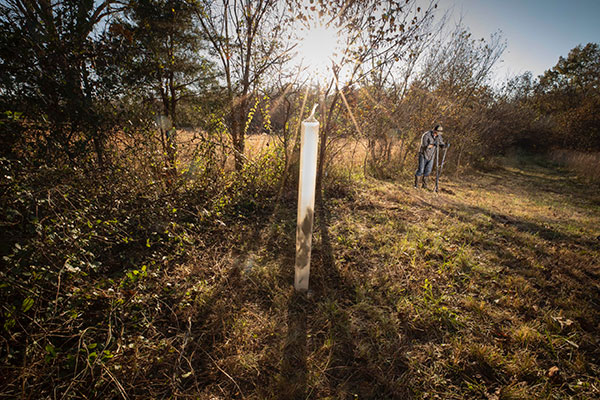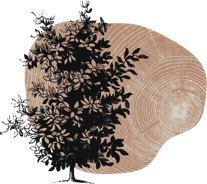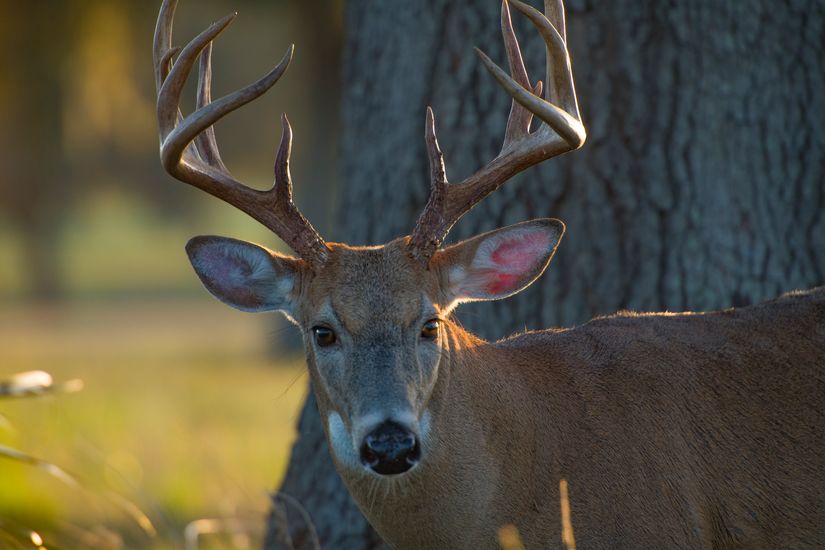Site Selection Success


The process of planting mast orchards starts with a goal: putting down roots to enrich the land and the habitat for the benefit and enjoyment of current and future generations of both man and beast. Next comes planning, which involves selecting the type and amount of different mast-producing species and deciding where to put them. Considerable thought often goes into the former. The latter can be equally crucial in determining the effectiveness of a land steward’s efforts.
First comes the practical side. Landowners must select varieties best suited to local climatic conditions – the macro-climate, which is easily done by consulting the USDA Plant Hardiness Zone Map and zone recommendations provided by Chestnut Hill Outdoors. Next comes consideration for site conditions most favorable for each variety, such as soil moisture and sunlight.
This step also calls for consideration of micro-climates. The region may be rated for a particular plant hardiness zone, but landscape features like existing growth, slope, topography, and aspect can result in subtle variations. Open ground on south-facing slopes will be warmer and drier, while bottomlands or a northern part could result in frost pockets where cold air or late frosts settle and linger, possibly retarding growth and mast production.

The more philosophical side comes next, which involves applying a little dirt wisdom. Planting trees in the most suitable location for each species will result in better production for each, but considering how different species might work in concert with each other and with other land features will provide a much greater result.
Let’s use deer as an example as they’re the species most landowners are planting to attract. Deer are crepuscular, meaning they’re most active at twilight. In the late afternoon, they rise from their beds in dense cover and move slowly toward more open areas of concentrated food. The hunter could sit and wait in an open oak or chestnut stand for a glimpse before daylight fades. But a nearby plum or persimmon patch along the edge might serve as a staging area for deer, offering an earlier opportunity.
(You can view your land’s topography on the USGS National Map as a tool to learn more about your land’s features)
Stream bottoms and denser natural cover are frequently used by wildlife as travel corridors. The nearer mast orchards are placed, the more likely deer will visit them during their travels.
Deer are considered an edge species, preferring the ecotone between field and forest. A patch of brambles like blackberries or raspberries will attract them, but if positioned between stands of taller hard mast trees and open areas like agricultural fields and food plots, they’ll be much more effective. Even topography plays a part. Deer and other wildlife more often follow the path of least resistance. A mast orchard on a hilltop is good, but one on a saddle between steep slopes will be better.
Every site is different, and each offers particular opportunities to maximize the effectiveness of individual mast orchards. By considering the components and their juxtaposition to one another, the result becomes greater than the sum of its parts.



